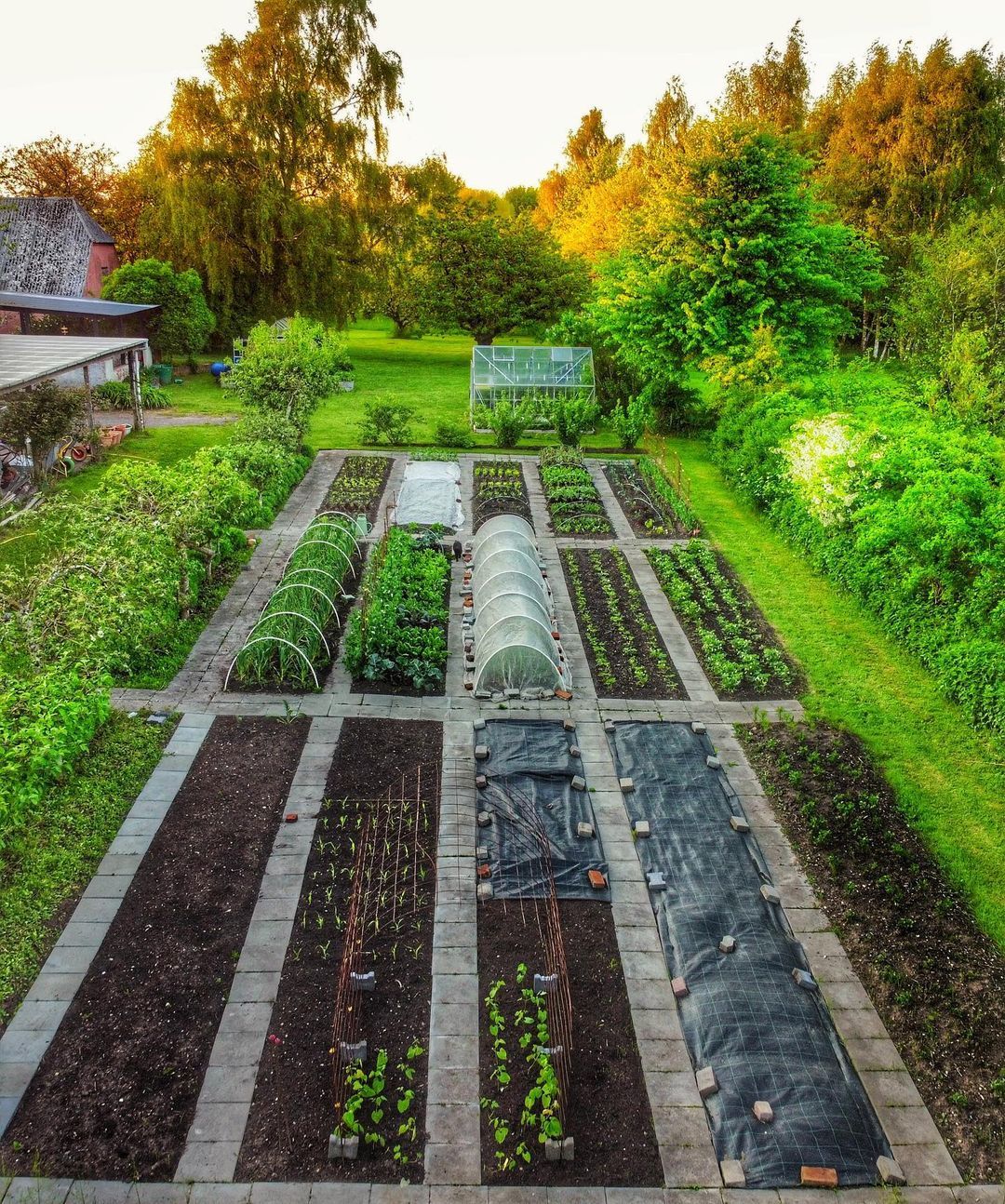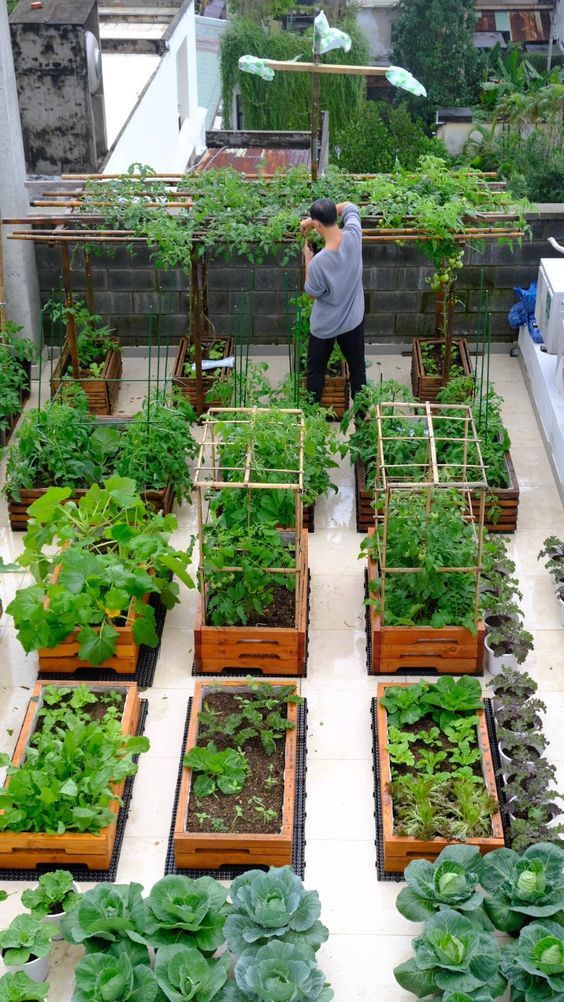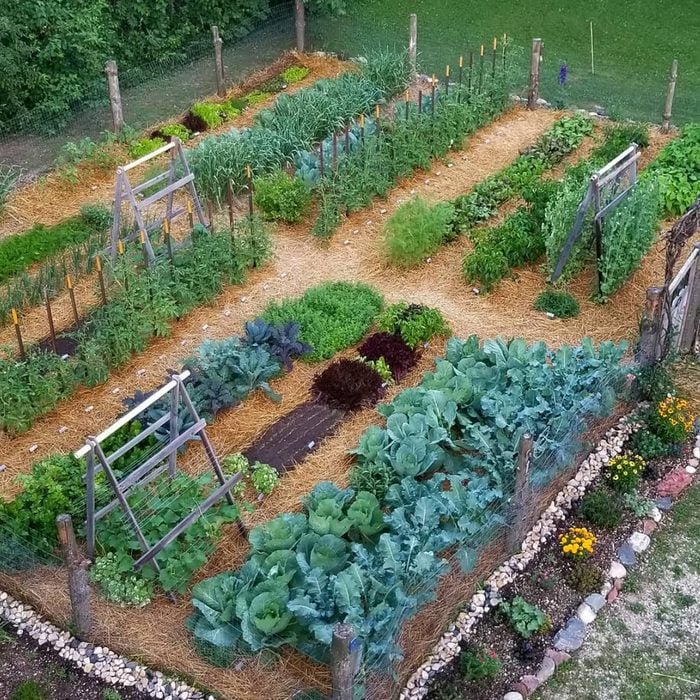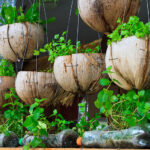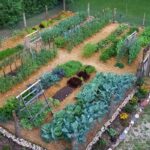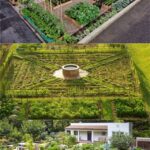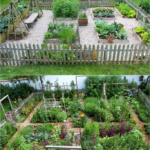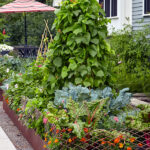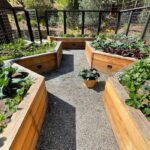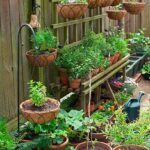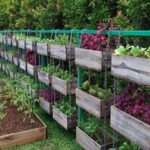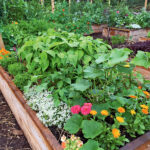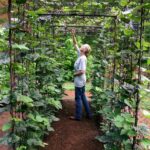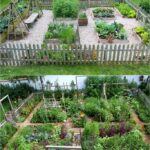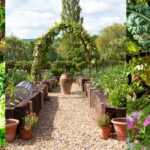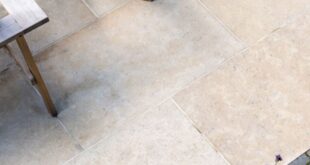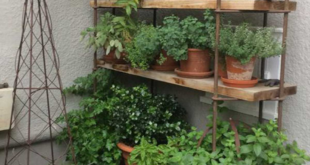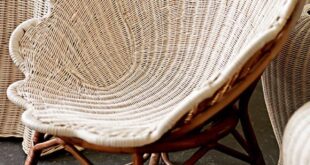One great idea for a vegetable garden is to utilize raised beds. Raised beds provide a number of benefits, including better drainage, higher yields, and less compaction of the soil. They also make it easier to control weeds and pests, as well as to maintain proper soil conditions. Raised beds can be built from a variety of materials, such as wood, brick, or concrete blocks, and can easily be customized to fit the space available.
Another idea for a vegetable garden is to incorporate companion planting. Companion planting involves growing different plants together that benefit each other in some way, such as repelling pests, improving soil quality, or providing shade. Some common companion planting combinations include planting marigolds near tomatoes to repel pests, or planting basil near tomatoes to improve their flavor. By carefully planning which plants to grow together, you can maximize your garden’s productivity and health.
Vertical gardening is another creative way to make the most of limited space in a vegetable garden. By growing plants vertically on structures such as trellises, arbors, or walls, you can increase your gardening space and maximize sunlight exposure for your plants. Vertical gardening is especially useful for vining plants, such as peas, beans, cucumbers, and squash, which can quickly take over a traditional garden bed if left unchecked.
For those looking to add some visual interest to their vegetable garden, consider creating a themed garden. A themed garden can be designed around a specific color scheme, plant type, or culinary theme. For example, you could plant a salsa garden with tomatoes, peppers, onions, and cilantro, or a rainbow garden with a variety of colorful vegetables like carrots, beets, and Swiss chard. By selecting plants that fit your chosen theme, you can create a cohesive and visually appealing garden that is as fun to look at as it is to harvest from.
To extend the growing season and increase your harvest, consider incorporating a greenhouse or cold frame into your vegetable garden design. These structures provide a controlled environment for growing plants, protecting them from harsh weather conditions and allowing you to start planting earlier in the spring and continue harvesting later into the fall. Greenhouses and cold frames can be as simple as a small hoop house covered in plastic sheeting or as elaborate as a fully enclosed glass structure, depending on your budget and gardening goals.
Finally, don’t forget to include some edible flowers in your vegetable garden. Many flowers are not only beautiful to look at, but also edible and can add a pop of color and flavor to your dishes. Some popular edible flowers to consider planting include nasturtiums, calendula, borage, and pansies. Not only will these flowers attract beneficial pollinators to your garden, but they will also provide you with a tasty addition to salads, desserts, and beverages. By incorporating a variety of vegetables and flowers into your garden design, you can create a beautiful and bountiful outdoor space that provides both visual and culinary enjoyment.
 yishifashion Where Outdoor Dreams Become Reality
yishifashion Where Outdoor Dreams Become Reality
